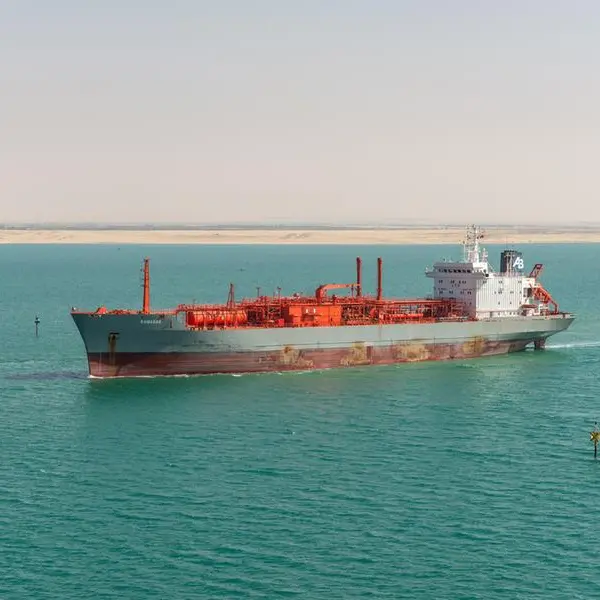PHOTO
Digital generated image of sustainable city in shape of dollar sign surrounded by trees. Getty Images Image used for illustrative purpose.
Almost $4.9 trillion in debt from 16 sectors is “highly or very highly” exposed to environmental risk, more than double from 2015 when the Paris Agreement was signed, according to a Moody’s Investors Service report.
Rated debt held by 14 sectors with “high or very high” inherent exposure to waste and pollution risk totals $4.4 trillion, the ratings agency added.
Industries such as chemicals, exploring/drilling for oil, mining for minerals/metals, and packaging manufacturing are confronting growing demands to reduce the volume of pollutants and waste their operations generate.
Moody’s report delved into 90 sectors that account for $82 trillion in debt, exploring the potential credit impacts from five major environmental pressures.
While coal mining was the only sector that faced very high overall environmental credit risk in 2020, today, there are five more – chemicals, mining (excluding coal), and three oil and gas sectors.
As many as 14 sectors holding $6.1 trillion in rated debt have high inherent physical climate exposure, including risks such as rising sea levels, wildfires, water stress, extreme heat, increased frequency and severity of hurricanes, etc.
Moreover, water management looms large for companies and governments, with risk exposure “high or very high” for nine sectors holding $1.8 trillion in rated debt.
For most Middle East and North African (MENA) countries, freshwater withdrawals significantly exceed renewable supply and water is scarce even if alternative and non-renewable water resources are included, the report said.
(Editing by Brinda Darasha; brinda.darasha@lseg.com)



















